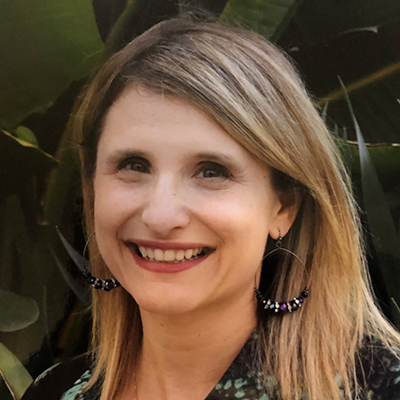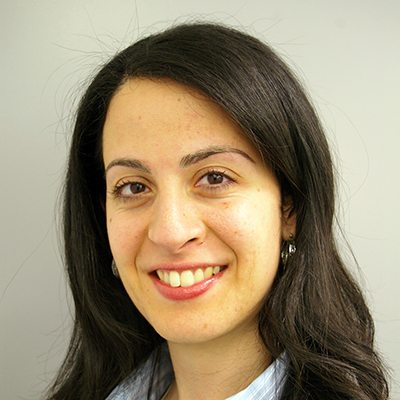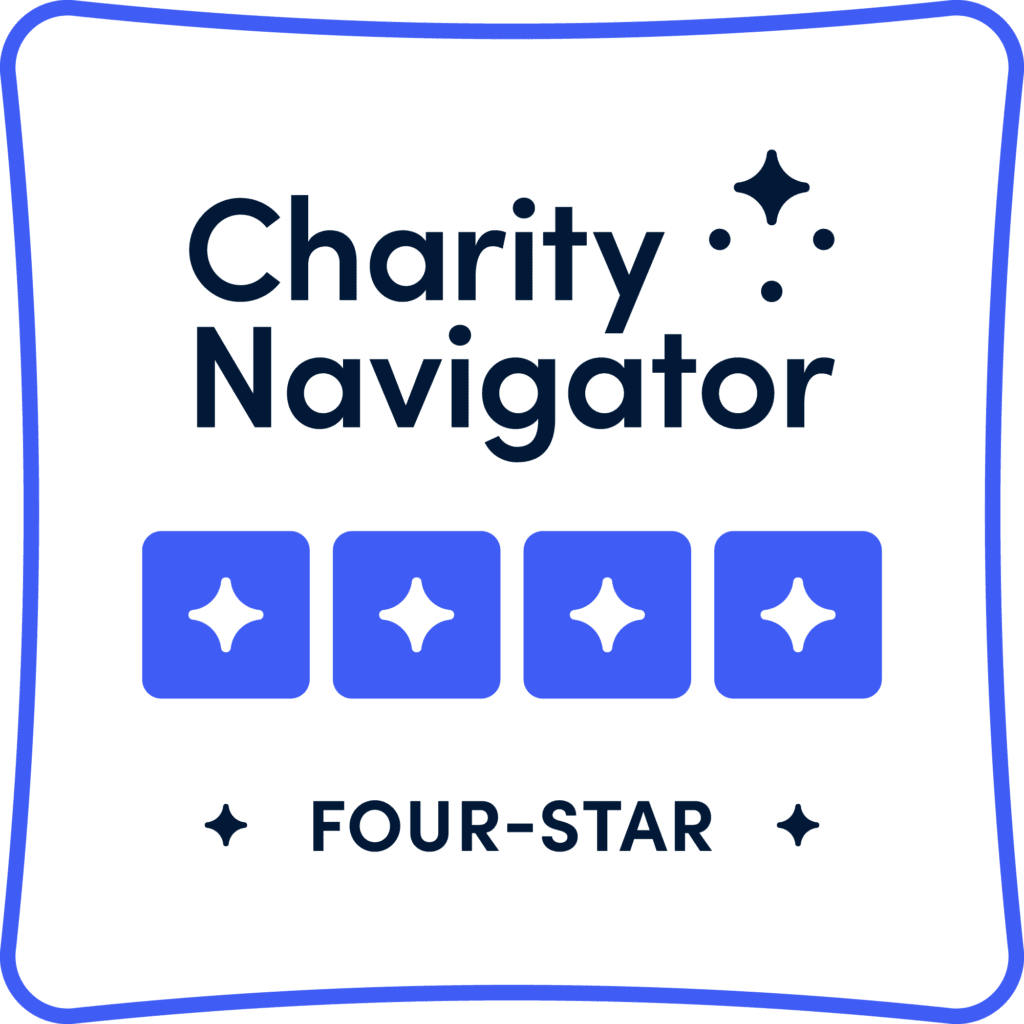|
|
On July 13, the Alliance for Eye and Vision Research (AEVR) partnered with the Tear Film & Ocular Surface Society (TFOS) to recognize July as Dry Eye Awareness Month, hosting AEVR’s third virtual Research Saving Sight, Restoring Vision Congressional Briefing of 2022, entitled: Researching the Impact of Lifestyle on Ocular Surface Disease: Food for Thought – Dry Eye Disease. AEVR’s Research Saving Sight, Restoring Vision Initiative is a sustained activity to educate about the value of eye and vision research and the enormous strides that National Eye Institute (NEI) funded research has made to establish improvements to diagnosis, treatments, therapies, and outcomes for eye and vision care.
The Briefing featured international experts in dry eye disease and dry eye research including:
- Amy Sullivan
- Executive Director for TFOS
- Maria Markoulli PhD, Moptom, GradCertOcTher, FBCLA, FAAO
- Associate Professor at the School of Optometry and Vision Science at the University of New South Wales
- Anat Galor MD, MSPH
- Dual appointment at the Miami Veterans Affairs (VA) medical center and the Bascom Palmer Eye Institute at the University of Miami Miller School of Medicine
- Tannin Schmidt, PhD
- Associate Professor in Biomedical Engineering at the University of Connecticut Health Center
Dry eye disease occurs when the eye does not produce tears properly or when the tears are not of the correct consistency and evaporate too quickly. Dr. Markoulli highlighted that a healthy tear film includes three layers and healthy glands that produce these layers. The lipid layer is the oily layer that’s produced by the glands in our eyelids. The aqueous layer is produced by the lacrimal gland, and the mucin layer is created by the cells of our cornea. If there are any issues in the development of these layers, individuals are likely to suffer from dry eye disease.
For some people, dry eye disease feels like a speck of sand in the eye, or a stinging or burning that does not go away. For others, dry eye can become a painful chronic, and progressive condition that leads to blurred vision or even vision loss if it goes untreated. Moderate-to-severe dry eye is associated with significant quality-of-life consequences, such as pain, role limitations, low vitality, poor general health, and depression. Although dry eye disease has no cure, its signs and symptoms can be managed, but often that management is also dependent on an individual’s lifestyle choices and changes.
|
|
Dr. Markoulli talked about the prevalence and economic impact of dry eye disease, including that it is a global problem affecting more than 16.4 million people in the United States alone (6.8 percent of the population). The average annual cost for a patient with dry eye disease is $783, and the overall burden for the US healthcare system is nearly $4 billion annually. The average cost of managing dry eye disease is $11,302 per patient and represents an economic burden of over $55 billion to the United States.
Recognizing the lifestyle impacts of dry eye disease, Dr. Markoulli shared research about the importance of diet on dry eye disease – omega 3 and omega 6 polyunsaturated fatty acids both must be consumed in the diet as the human body is incapable of producing them. Omega 3 fatty acids can be found in fish, chia seeds, walnuts, and plant oils. Omega 6 can be found in tofu, walnuts, peanut butter, processed snacks, fast foods, cakes, and fatty meats. The ideal ratio of omega 6 to omega 3 is 4:1. Dr. Markoulli also shared the need for us to look at additional dietary information in future research to understand its impact on dry eye disease, including understanding the importance of prebiotics and probiotics and the impacts of sugar, vitamins, food additives, contaminants, and the chemical composition impacts of food and drink containers.
Dr. Galor highlighted the complexity of dry eye disease and how corneal nerve function and corneal sensitivity play a significant role in the impact of dry eye on individual patients. Due to the complexity of dry eye disease and that an individual patient may have dry eye due to any number of contributing factors including not having enough water or oil, having abnormal anatomy, or having abnormal nerves, Dr. Galor discussed the importance of understanding individual patients and causes to be able to deliver precision-based medicine.
Aligning treatment with contributory issues will help improve patient outcomes and overall function. In addition to the dietary considerations, Dr. Galor talked about needing better diagnostics and ways to subcategorize dry eye disease to be better able to treat individual needs. She also highlighted the importance of earlier diagnosis, the need for more treatment options, and the need to look at disease prevention in the future.
|
|
Dr. Tannin Schmidt discussed the important roles primary research has in contributing to the treatment of dry eye disease, including work in understanding the roles that natural lubricants play in reducing friction and improving symptoms or potentially curing dry eye disease in the future. Dr. Schmidt highlighted some of his work with the PRG4 glycoprotein that’s naturally produced to protect joints but can also be found in the eye. Studying the impact of this fluid may play a significant role in addressing corneal damage.
Utilizing PRG4 supplements, Dr. Schmidt was able to show significant improvement in patients with dry eye disease, specifically those with Sjӧgren’s syndrome. To discover treatments and cures for dry eye disease, Dr. Schmidt highlighted the need for continued federal investments in eye research.
AEVR was pleased to be able to host this Congressional Briefing during Dry Eye Awareness Month and thanks TFOS for partnering in raising awareness about dry eye research. AEVR also thanks its supporters who helped make this event possible, including:
- Research to Prevent Blindness
- Tear Film & Ocular Surface Society (TFOS)
- Association for Research in Vision and Ophthalmology (ARVO)
- Genentech
- Novartis (event support)






